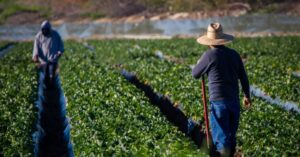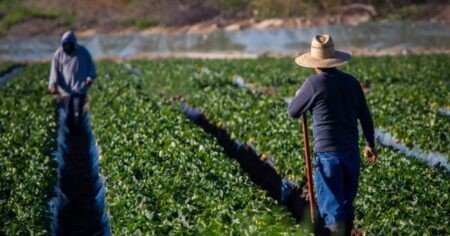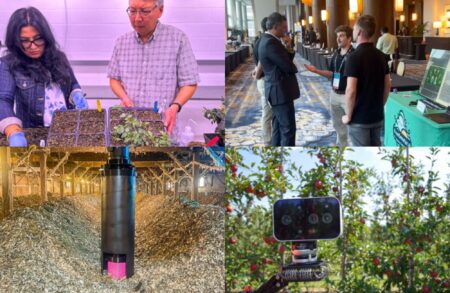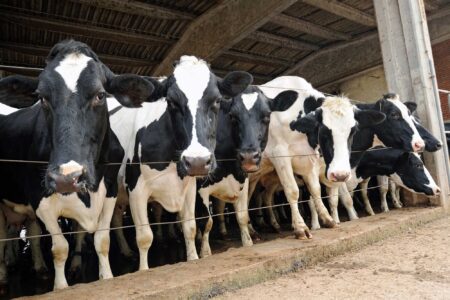By Bo Erickson and Leah Douglas
WASHINGTON, Sept 17 (Reuters) – As U.S. farmers enter autumn harvest season worried that low crop prices and a trade war could hurt their livelihoods, Republican farm-state lawmakers are urging President Donald Trump’s administration to issue economic aid for farmers by year’s end.
Discussions between lawmakers and the administration highlight the trade-offs Republicans face between loyalty to the president and representing constituents who have contacted their offices and flocked to town halls in their districts, worried about the impact of Trump’s trade policies.
Four farm-state members of Congress told Reuters they are in talks with the U.S. Department of Agriculture and other administration officials about an aid package, ideally by the end of December.
Republican Senator John Hoeven, who leads agriculture funding on the appropriations committee, said he is discussing with the administration an approach similar to that taken during Trump’s first term, when the federal government issued $23 billion in payments to farmers to offset losses from a trade war with China. He said emergency aid could also be added to a government spending bill.
Hoeven, of North Dakota, said farmers need assistance “the sooner, the better, but certainly by year-end.”
On Monday, Agriculture Secretary Brooke Rollins said she is working daily with Congress to evaluate how much aid might be needed this autumn, but did not specify a timeline or amount.
A USDA spokesperson said officials were “exploring the need for further assistance but have not made a determination if an additional program is needed at this time.” The spokesperson said Trump was supporting farmers by opening new international markets, lowering taxes and boosting farm supports in his tax-cut and spending bill.
“President Trump and Secretary Rollins are always in touch with the needs of our farmers, who played a crucial role in the President’s November victory,” White House spokesperson Anna Kelly said in an email.
The email added that Trump’s inflation fight will “lower input costs” while trade deals “are opening new markets for America’s agriculture industry. We would not get ahead of the President on any support for pending legislation.”
Farms to Get Near-Record Payments
The federal government is already expected to spend more than $40 billion on payments to farmers in 2025, the second-highest amount since 1933, according to USDA data. The near-record sum is fueled by ad-hoc disaster and economic aid passed by Congress last December.
“Farmers are going through some of the worst economic times, I think, in my lifetime,” said Republican House Agriculture Committee Chairman Glenn Thompson, of Pennsylvania, adding the need for aid has grown and he hopes to pass some assistance in a farm-spending package later this year. Congress is several years overdue to pass a farm bill.
The lawmakers were hesitant to specify how much aid was needed, but said it eclipsed the $23 billion of Trump’s first term.
Net farm income could fall by more than $30 billion in 2026 due to a decline in government payments and low crop prices, according to an estimate from the Food and Agricultural Policy Research Institute at the University of Missouri.
Representative Angie Craig, the top Democrat on the Agriculture Committee, blamed Trump’s tariffs and economic policies for this downturn.
“We’ve lost markets farmers worked decades to develop and the president is continuing his trade wars,” the Minnesota lawmaker said. “The administration needs to step up and end the chaos in farm country.”
In northeast Arkansas early this month, almost 500 farmers and farm industry insiders packed a church center to warn the staff of their state’s all-Republican congressional delegation they may not be able to pay off farm loans that many used to purchase seed for spring planting.
“Farming is done like Russian roulette. You have to pay out the loan to go again next year,” said Scott Brown, who attended the Arkansas town hall to advocate for his four-crop, 800-acre (324 ha) farm.
Republican Representative Rick Crawford, whose Jonesboro, Arkansas-area district hosted the town hall, said an aid package would likely not arrive before October. That is when Congress is expected to replenish a discretionary USDA funding pool, the Commodity Credit Corporation, that would likely be the source of payments.
Lawmakers are currently locked into a partisan standoff to avert a potential government shutdown before funding runs out at the end of the fiscal year on September 30.
“I think farmers can probably wait till October. But I think what they need, and what the bankers need, as much as anything, is a strong signal that the money will be there,” Crawford said, “And if it’s not, we’re going to see a lot of financial calamity in rural America.”
(Reporting by Bo Erickson and Leah Douglas; Editing by Scott Malone and David Gregorio)












